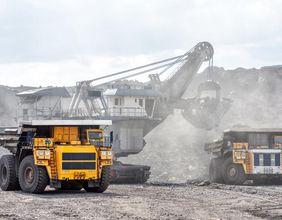Highlights
- Spodumene production reaches 125 kt despite weather and maintenance impacts
- P1000 Project ramp-up completed, targeting increased capacity
- Strong cash position supports ongoing expansion initiatives
Pilbara Minerals (ASX:PLS) has released its March Quarter update, highlighting key developments in production, financial performance, and project expansion. Despite operational headwinds—including seasonal weather disruptions and scheduled plant maintenance—the lithium producer delivered solid results while progressing with its strategic growth initiatives.
The company produced 125.0 thousand tonnes (kt) of spodumene concentrate during the quarter. Output was affected by maintenance at the Ngungaju plant, the ramp-up phase of the P1000 Project, and the impact of Severe Tropical Cyclone Zelia. On the sales front, volumes reached 125.5 kt, with an average realised price of US$747 per tonne (CIF China) on a ~SC5.3% grade basis.
Revenue for the quarter came in at A$150 million, a 30% decrease compared to the prior quarter. This decline was attributed primarily to reduced sales volumes. Meanwhile, unit operating costs rose by 10% to A$685 per tonne (FOB), in line with internal forecasts. Despite the increase, year-to-date costs remain within guidance at A$630 per tonne. The cash margin from operations was A$39 million, and the cash balance stood at a healthy A$1.1 billion at the end of the period, following capital expenditure activities.
Key project developments during the quarter include the successful completion of the P1000 Project ramp-up, aimed at enhancing the processing capacity at the Pilgan plant. Optimisation efforts at the plant are expected to conclude in the June Quarter of FY25, with the goal of driving higher production volumes and improved cost efficiency into FY26. Additionally, Pilbara Minerals finalised its acquisition of Latin Resources Limited (ASX:LRS), kicking off an exploration program that is projected to deliver resource expansion outcomes by the June Quarter of FY26.
On the sustainability front, the company reported a Total Recordable Injury Frequency Rate (TRIFR) of 3.22, with improved safety engagement across operations. A lithium-powered battery energy storage system (BESS) was also energised at the Pilgangoora Operation, supporting energy reliability and future renewable integration.
Looking ahead, Pilbara Minerals reaffirmed its FY25 guidance across all metrics and continues to focus on operational optimisation and cost management. With a strong balance sheet and a pipeline of strategic projects, the company remains well-positioned to navigate evolving market dynamics and pursue long-term growth opportunities.






